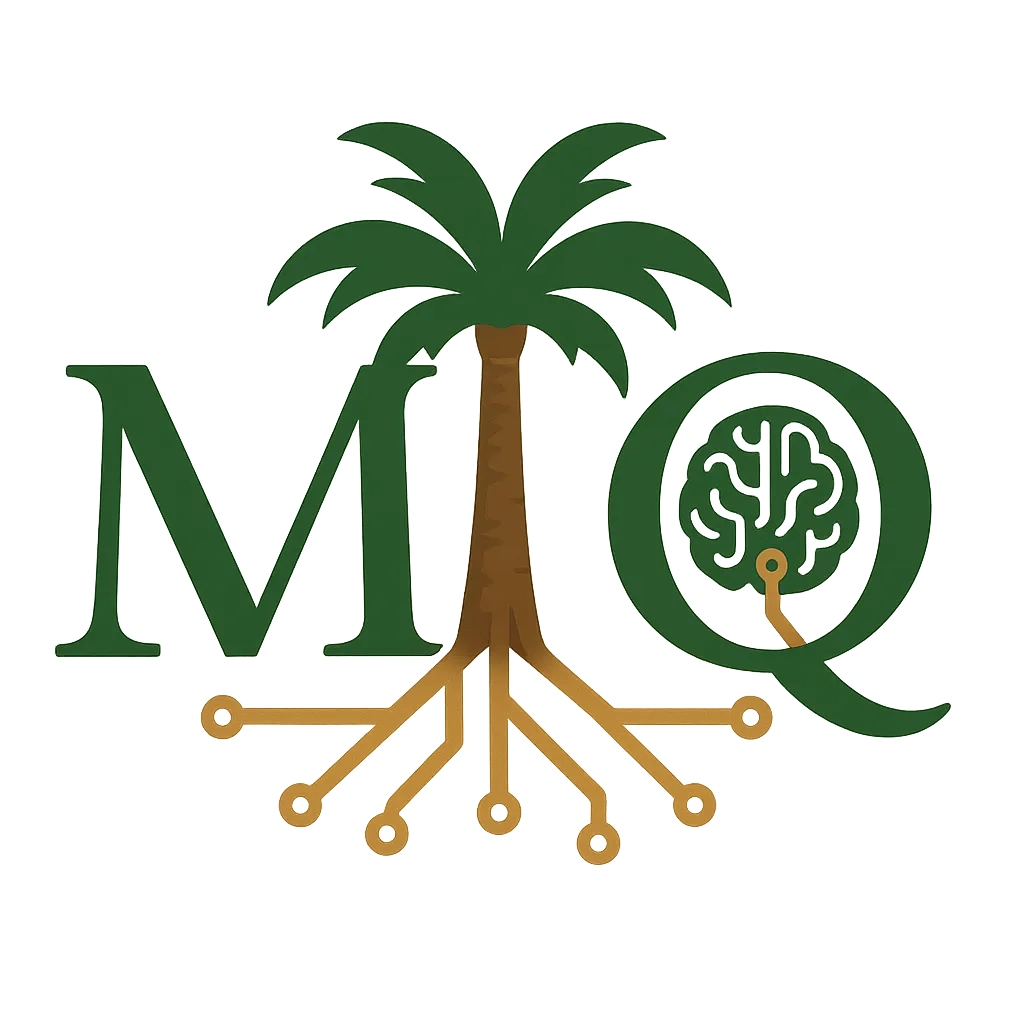![[object Object]](https://images.leadconnectorhq.com/image/f_webp/q_80/r_1200/u_https://storage.googleapis.com/msgsndr/CYit5kc6kqGl6XHkJX6m/media/78351c5a-8629-409a-80a3-4afb15208dd0.png)
AI Automation Tools With No Restrictions: Possibilities, Risks, and Practical Insights
AI Automation Tools With No Restrictions: Understanding the Possibilities and Risks
Estimated reading time: 8 minutes
Key Takeaways
Unrestricted AI tools offer conceptual freedom
Truly “no restriction” claims often overlook practical limitations
Guardrails help prevent misuse, legal issues, and reputational damage
Responsible AI tools still provide powerful functionalities
Balancing innovation with safety is crucial for successful AI deployment
Table of contents
In today’s rapidly evolving technological landscape, AI automation tools with no restrictions are turning heads among businesses and individuals seeking maximum flexibility in artificial intelligence. However, while the idea of total freedom from limitations promises exciting potential, it also raises significant questions about safety, responsibility, and practicality.
Understanding “No Restrictions” in AI Automation
Unrestricted AI refers to systems designed to operate without the typical safeguards or governance features found in mainstream solutions. “Without any limitations or constraints” is the core idea behindActual No Restriction AI, highlighting a vision of boundless adaptability. This notion promises:
Unlimited functionality for data analysis, predictive modeling, and content generation
Greater efficiency through refined processes
Enhanced creativity spurred by fewer barriers
Freedom for innovation in complex or unique use cases
The reality, though, is that most AI tools claiming “no restriction” are still conceptual. Commercial platforms likeAkkio, Make, andAda typically incorporate at least minimal guardrails for safe, lawful use. Even flexible systems prioritize compliance, logging, and monitoring to avoid misuse.
Popular AI Tools and the Value of Guardrails
A range of AI automation tools demonstrates that powerful functionality can coexist with responsible design.Ada supports customer engagement with no-code workflows, but carefully deploys safeguards to ensure appropriate interactions.Akkio offers accessible predictive analytics while respecting data handling rules.Tableau provides AI-driven data insights with accuracy checks, andMake integrates several large language models under configurable organization policies.
They maintain necessary operational guardrails to protect against unethical or illegal uses.
They prioritize security controls to prevent unauthorized access.
They align with regulations and company values to mitigate risk.
Pro tip: Unrestricted AI sounds appealing, butAI checker guide 2024 highlights security and ethical obligations that every organization should address.
When AI tools operate without guardrails, several risks emerge. Without security protocols or content moderation, systems become vulnerable to data breaches, unethical or harmful outputs, and potential regulatory violations. As such, many organizations prefer a balanced approach that combines flexibility with compliance.
Balancing Innovation, Risk Mitigation, and Future Outlook
Finding equilibrium between unrestricted potential and protective measures ensures that AI can evolve responsibly. Companies must evaluate their risk tolerance, regulatory obligations, and ethical standards before deciding how far to push their AI’s boundaries.
“Organizations must remain accountable for AI outputs, even if the system is unrestrained.”
Areas such as high-risk industries or sensitive data usage require strict oversight to avoid legal repercussions or reputational harm. For instance,what-is-gtm-engineering-guide warns that ignoring governance can lead to costly mistakes. Meanwhile,gtm-strategy-meaning-guide emphasizes that alignment with a company’s core values builds trust among stakeholders.
Ultimately, the future of AI automation tools likely involves intelligent, context-aware guardrails that adapt to specific use cases. These next-generation restrictions may dynamically protect users from misuse while preserving creativity and innovation. As AI technology advances, transparency and education will empower organizations to make informed decisions about how they deploy and govern AI.
In conclusion, truly restriction-free AI remains more conceptual than practical. Most businesses find greater value in AI tools that balance power with responsible safeguards, making innovation achievable and safe.
Frequently Asked Questions
What does “AI automation with no restrictions” mean?
It refers to AI systems theoretically operating without any rules, safeguards, or limitations. In practice, most AI solutions include at least some guardrails or compliance measures.
Why are completely unrestricted AI tools risky?
Without constraints, AI can produce unethical or dangerous outputs, violate regulations, and expose organizations to security vulnerabilities and reputational damage.
Can AI still be powerful with some restrictions in place?
Absolutely. Many leading AI platforms balance innovation and flexibility with essential protective measures, ensuring both practical use and minimal risk.

